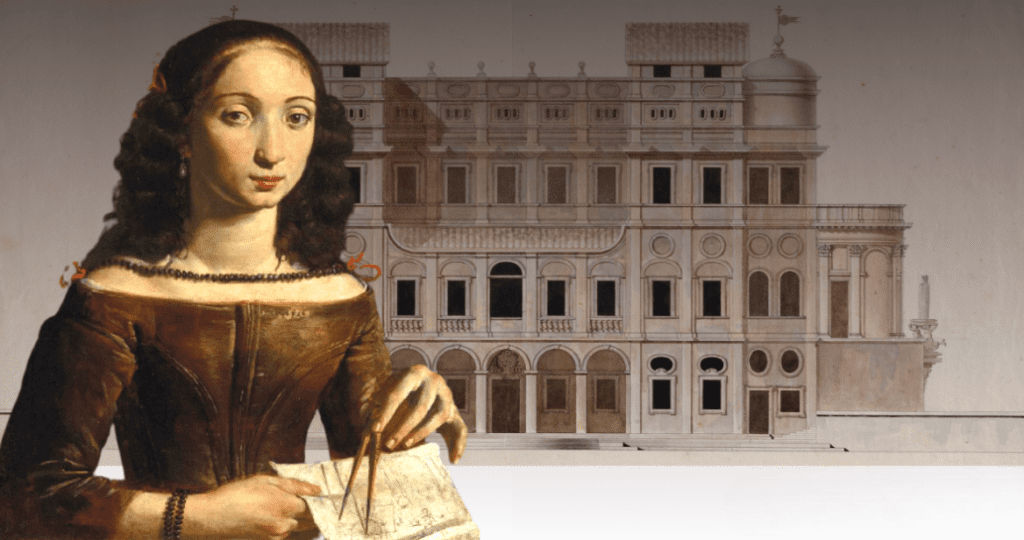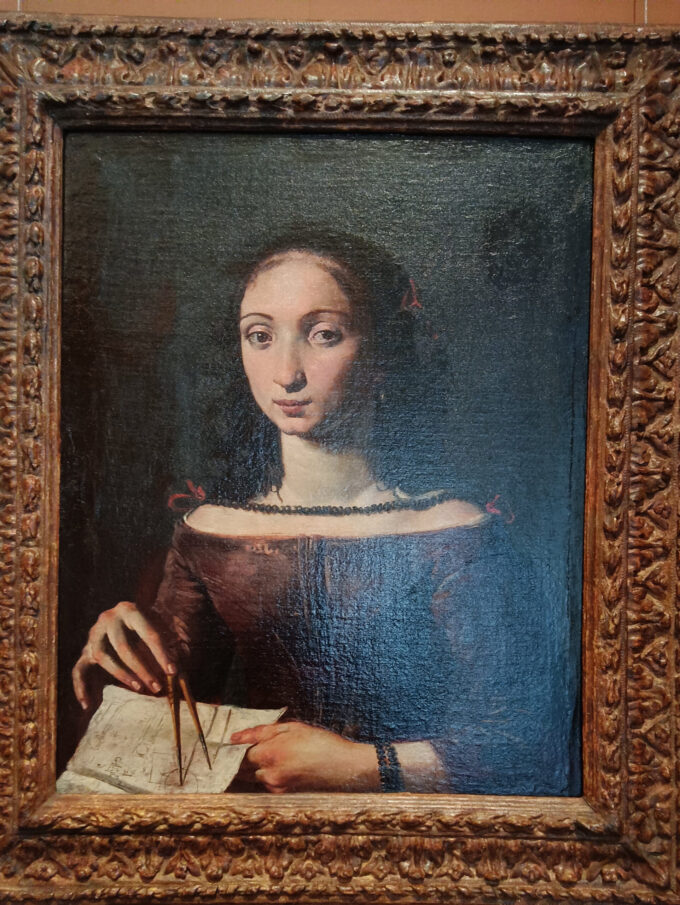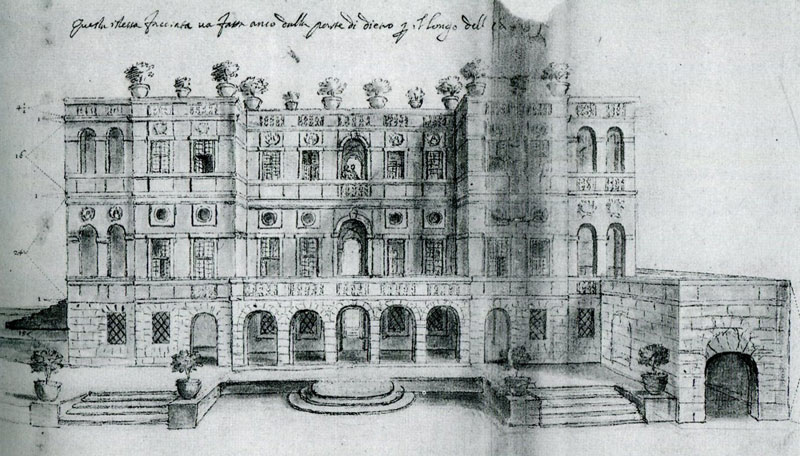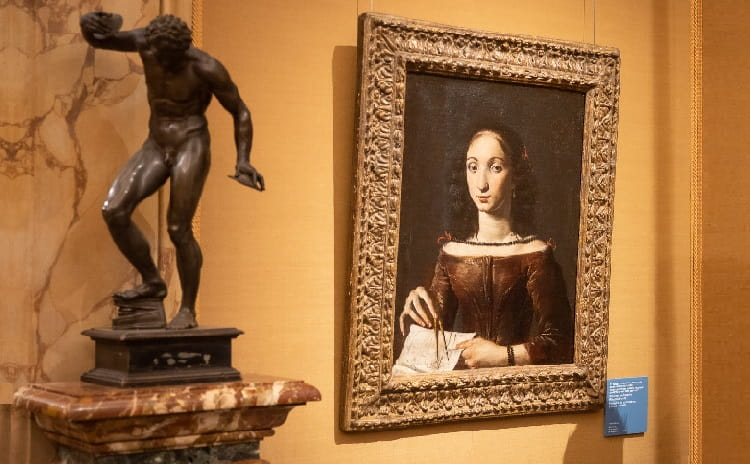In 1663, a remarkable event took place in the heart of Rome. Amid the grandeur of Baroque architecture, a new villa began to rise not just in style, but in symbolism. The Villa Benedetti, also known as the Villa il Vascello, was unlike anything the Eternal City had seen before. It was shaped like a ship, complete with sweeping curves, ornamental waves, and bold, theatrical lines. But the most extraordinary detail wasn’t the design. It was the name behind it.
The architect was Plautilla Bricci a woman.
At a time when architecture was dominated by men and women were largely excluded from the professional arts, Bricci dared to enter the field with vision, skill, and ambition. She didn’t just enter it quietly. She left her mark in stone, stucco, and paint. Her work challenged convention and continues to inspire, even centuries later.

A Talent Nurtured in the Shadows
Born in 1616 in Rome, Plautilla Bricci was raised in a household that valued art. Her father, Giovanni Bricci, was a painter and musician. From an early age, Plautilla trained alongside him, learning not only painting but also the technical disciplines that would later fuel her architectural career.
Her path was far from easy. Women were not admitted to the prestigious architectural academies of the time. But Bricci found her own way. She gained knowledge through apprenticeships, private commissions, and relentless self-study. She also worked closely with her brother Basilio, a painter, though history often tried to credit him with her achievements.

The Ship-Shaped Villa That Made Waves
The Villa il Vascello was commissioned by Elpidio Benedetti, a powerful figure and papal diplomat. Inspired by the grandeur of the Baroque and the idea of movement and drama, Bricci designed the villa to resemble a ship sailing through Rome’s Janiculum Hill.
The design was theatrical, daring, and deeply original. Curving balconies mimicked sails, and sculpted ornamentation gave the impression of waves crashing along the walls. The villa quickly became a cultural landmark, admired for its beauty and uniqueness.
Video:
Plautilla Bricci Pittrice e Architettrice – Galleria Corsini
Although many believed Benedetti or Plautilla’s brother must have been the architect, documents and firsthand accounts later confirmed the truth this groundbreaking work came from the mind and hand of Plautilla Bricci.
Claiming Her Place in History
Bricci was not only a skilled architect but also a proud artist. She signed one of her church altarpieces with her full name, a bold act in a world where most female creators went unrecognized. In doing so, she pushed back against centuries of silence. She wasn’t just doing her work — she was claiming ownership of it.
Her architectural legacy includes not only the famous villa but also work on churches, altars, and decorative schemes throughout Rome. Her contributions were significant, though often buried beneath layers of misattribution and institutional bias.

A Pioneer Nearly Erased
Despite her accomplishments, Plautilla Bricci was largely forgotten for generations. Powerful men credited her work to others or omitted her name altogether. Like many women in history, her story faded from the textbooks, her drawings shelved, her buildings described without mention of their creator.
Video:
The First Female Architect | Women’s History Month
But in recent years, historians and curators have worked to restore her legacy. Exhibitions in Italy have spotlighted her designs, and researchers have uncovered documents that prove her authorship and artistic influence. Slowly but surely, Plautilla Bricci is getting the recognition she has long deserved.
Why Her Story Still Matters
Plautilla Bricci’s journey is more than just an architectural footnote. It is a reminder that talent, creativity, and vision can rise even in the face of institutional barriers. Her story speaks to the resilience of women who dared to enter spaces they were told they didn’t belong in and left them transformed.
Her work stands as a testament to what happens when passion defies limitation. Today, young architects and artists look to Bricci not only for inspiration in design, but as a symbol of courage. She created beauty, challenged norms, and signed her name where few women dared.

The Legacy That Refused to Disappear
Though history tried to erase her, Plautilla Bricci left behind more than just buildings. She left a story of boldness in the face of invisibility, a blueprint for how to create in a world that tells you not to. From the curved balconies of her ship-shaped villa to the signed altarpiece inside a quiet Roman church, her voice still echoes determined, brilliant, and unforgettable.


